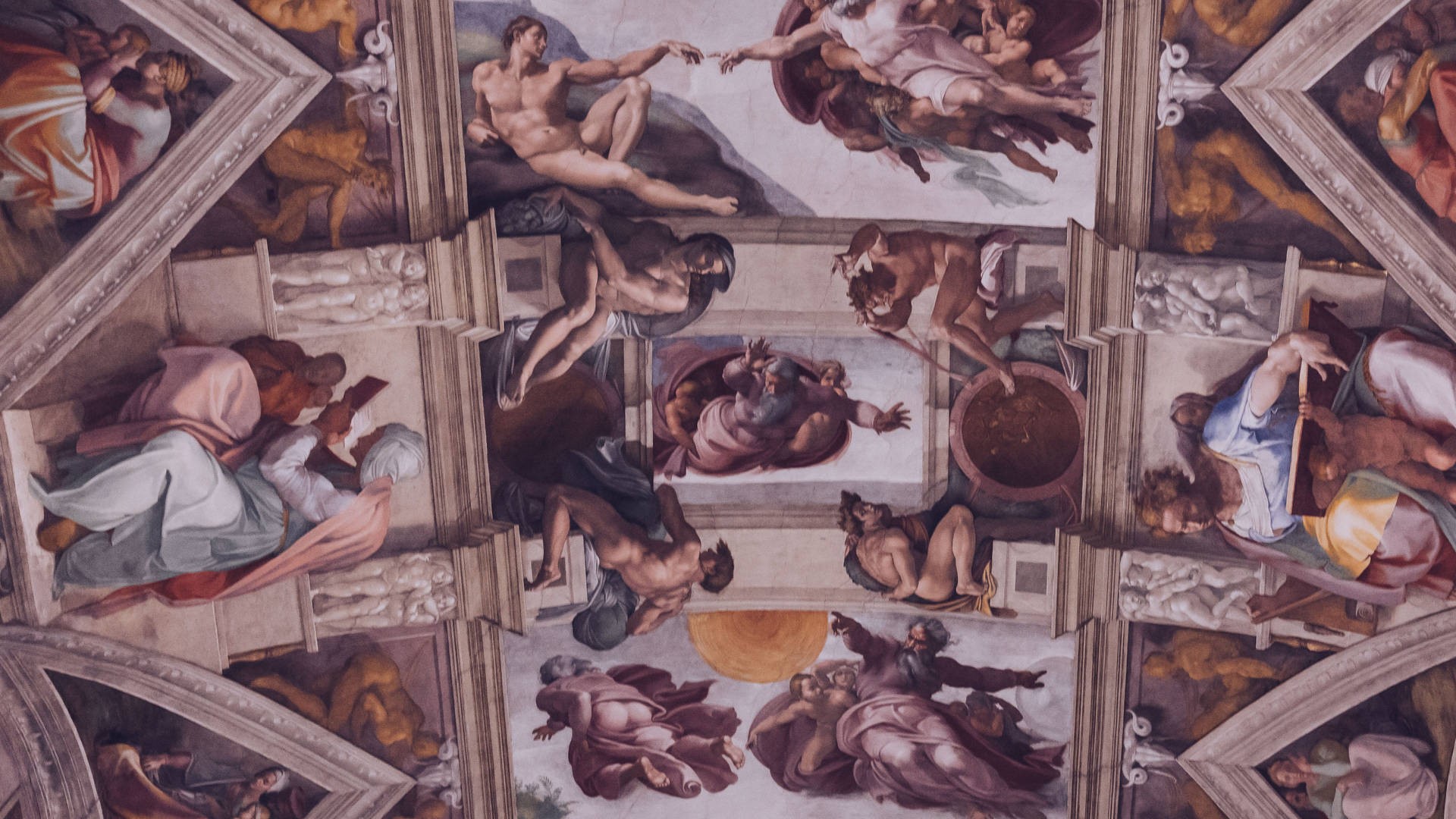Exploring the Timeless Legacies of Famous Artists
Introduction
Art has been an integral part of human civilization for millennia, serving as a mirror reflecting the cultural, social, and emotional landscapes of different epochs. Throughout history, there have been individuals whose creative genius and innovative spirit have left an indelible mark on the world of art. These famous artists, through their masterpieces, have not only captured the essence of their time but have also transcended temporal boundaries to inspire and evoke awe in generations to come.
Famous Artist
One such luminary figure is Leonardo da Vinci, often hailed as the epitome of the Renaissance polymath. Born in Vinci, Italy, in 1452, da Vinci’s insatiable curiosity and boundless creativity propelled him to excel in various disciplines, including painting, sculpture, architecture, engineering, and anatomy. His most renowned work, the “Mona Lisa,” with its enigmatic smile and subtle nuances of light and shadow, continues to mesmerize viewers centuries after its creation. Da Vinci’s meticulous anatomical studies, captured in his drawings such as the “Vitruvian Man,” exemplify his groundbreaking fusion of art and science, embodying the spirit of the Renaissance.
Contributions of Artist
Moving forward in time, one cannot overlook the revolutionary contributions of Vincent van Gogh to the world of art. Despite grappling with mental illness and enduring personal hardships, Van Gogh’s fervent passion for painting fueled his prolific output, producing over 2,000 artworks in a tragically short career. His distinctive style, characterized by bold brushwork, vibrant colors, and emotive compositions, captured the essence of the human experience with raw intensity. Works such as “Starry Night” and “Sunflowers” not only showcase Van Gogh’s mastery of color and form but also convey the depths of his emotional turmoil and profound connection to nature.
Picasso & innovation
In the realm of modern art, Pablo Picasso stands as a towering figure whose innovative vision reshaped the course of artistic expression in the 20th century. A co-founder of the Cubist movement, Picasso challenged traditional notions of representation, fragmenting forms and perspectives to reveal multiple dimensions of reality simultaneously. His iconic painting, “Les Demoiselles d’ Avignon,” heralded a new era of artistic experimentation, paving the way for abstraction and surrealism. Picasso’s prolific career spanned diverse styles and mediums, from his Blue and Rose periods to his later explorations in sculpture and ceramics, cementing his legacy as one of the most influential artists of the modern era.
Concept of Art
Beyond the realm of painting, the avant-garde provocateur Marcel Duchamp revolutionized the concept of art itself with his radical gestures and conceptual innovations. Duchamp’s ready-mades, ordinary objects elevated to the status of art through the artist’s intervention, challenged conventional notions of authorship and aesthetic value. Works such as “Fountain,” a urinal signed with the pseudonym “R. Mutt,” sparked heated debates about the nature of art and the role of the artist in society, laying the groundwork for conceptual art and institutional critique.
Let’s delve deeper into the lives and contributions of one of the most renowned artists in history.
Leonardo da Vinci: Unraveling the Renaissance Polymath
Leonardo da Vinci’s genius transcended the boundaries of traditional disciplines, encompassing painting, sculpture, architecture, engineering, anatomy, and more. Born in Vinci, Italy, in 1452, da Vinci’s insatiable curiosity and keen observational skills laid the foundation for his multifaceted talents. His notebooks, filled with detailed anatomical sketches, scientific observations, and inventive designs, attest to his relentless quest for knowledge and innovation.
In the realm of painting, da Vinci’s mastery of technique and composition revolutionized the art of the Renaissance. His groundbreaking use of chiaroscuro, the subtle modulation of light and shadow, imbued his works with a sense of depth and realism unparalleled in his time. The “Last Supper,” with its dramatic portrayal of Christ and his disciples, and the iconic “Mona Lisa,” with her enigmatic smile and ethereal presence, remain enduring symbols of da Vinci’s artistic prowess.
Beyond painting, da Vinci’s scientific inquiries and engineering marvels continue to inspire awe and admiration. His designs for flying machines, military weaponry, and hydraulic systems reveal a visionary intellect centuries ahead of its time. Da Vinci’s anatomical studies, captured in his intricate drawings of the human body, not only advanced our understanding of anatomy but also elevated the status of art as a tool for scientific inquiry.
Despite his unparalleled talents, da Vinci’s career was marked by periods of adversity and unfulfilled ambitions. His relentless pursuit of perfection often led to unfinished projects and unrealized dreams, such as his grand vision for a colossal bronze horse sculpture or his quest to harness the forces of nature through his studies of water and air. Nevertheless, da Vinci’s legacy endures as a testament to the boundless potential of human creativity and the enduring quest for knowledge.
Conclusion
In conclusion, the legacy of famous artists transcends mere brushstrokes and sculptural forms, resonating through the annals of history and shaping the trajectory of artistic expression for generations to come. From the Renaissance genius of Leonardo da Vinci to the tumultuous brilliance of Vincent van Gogh, from the revolutionary vision of Pablo Picasso to the conceptual audacity of Marcel Duchamp, these luminaries remind us of the boundless potential of human creativity to inspire, provoke, and illuminate the human condition.






